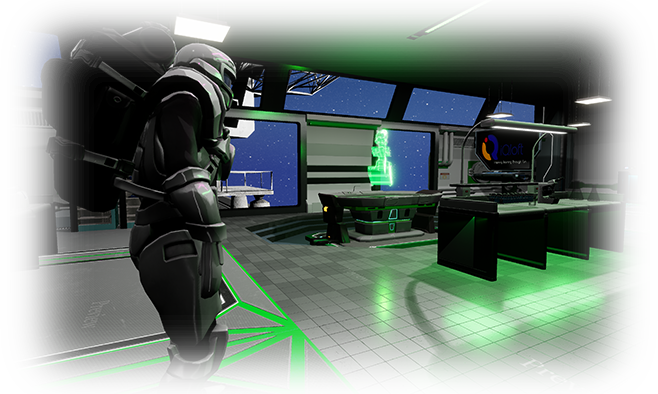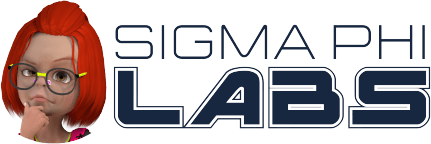TEACHING WITH SIGMA PHI LABS
INTEGRATE OUR SIMULATIONS TO CREATE A STEAM SETTING
There are 6 steps to creating a STEAM-centered learning environment. In each step, you’re working through both the content and the standards to address a central problem. You can easily integrate Sigma Labs simulations into your STEAM-centered curriculum using these steps.
FOCUS
In the focus step, we’re selecting a central problem to solve. It’s important to have a clear focus on both how this question or problem relates to the STEAM content areas you’ve chosen. Once the learner has identified the topic or central problem, they will decide how you are going to use our simulations in the problem-solving process.
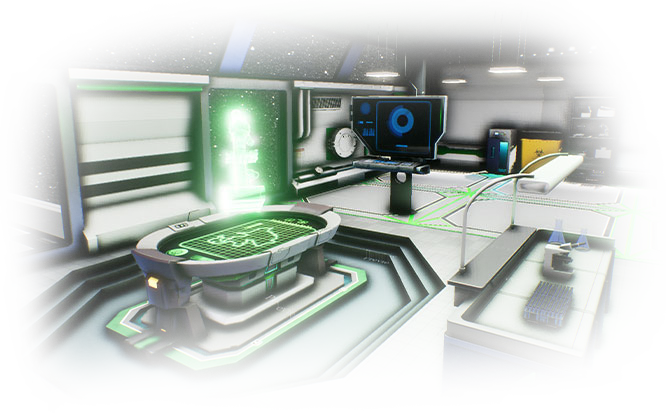

DETAIL
During the detail step, you’re looking for things that are contributing to the problem or question. When you’re determining why the problem exists, you begin to uncover a lot of background information, skills, or process that students already have to address the question. During our simulations, learners will learn about each concept by watching a short video about the content and exploring related vocabulary.
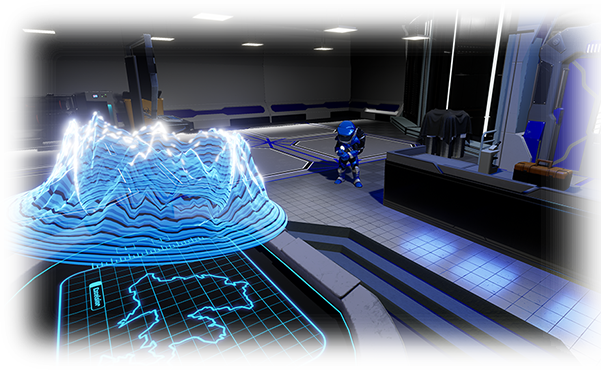

DISCOVERY
Discovery is all about active research. In this step, students are researching current solutions, as well as what ISN’T working based on the solutions that already exist. This stage analyzes the gaps learners may have in a skill or process and teach those skills or process explicitly.
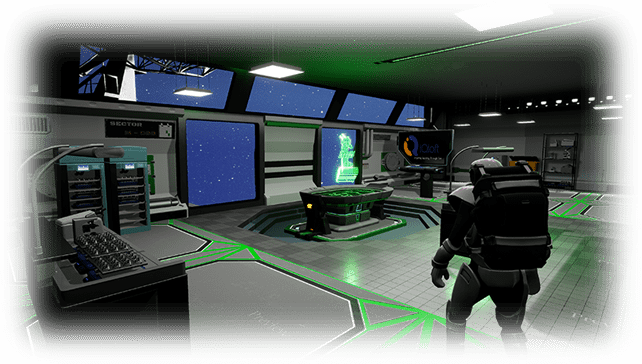

APPLICATION
This is where the fun happens! After students have dived deep into a problem or question and have analyzed current solutions as well as what needs to be addressed, they can begin to create their own solution or composition to the problem. This is where they use the skills, processes, and knowledge that were taught in the discovery stage and put them to work.
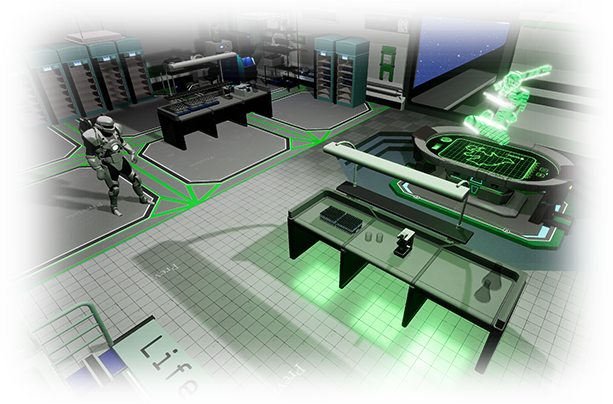

PRESENTATION
During the presentation step, students will share their ideas and processes. After every lab simulation, students will be assessed on the information learned during each activity. This assessment will allow students to show what they know!
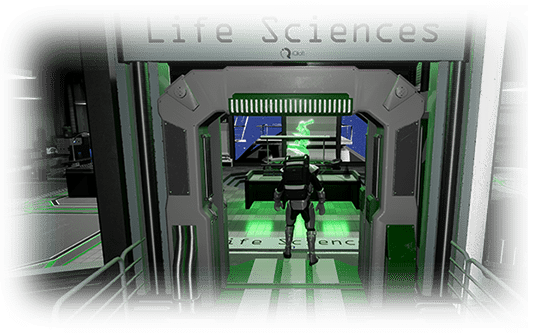

LINK
The link step closes our learning process. In this step, students reflect on feedback received from their peers. Revision of work occurs here, and reflection of processes used throughout the learning experience.
